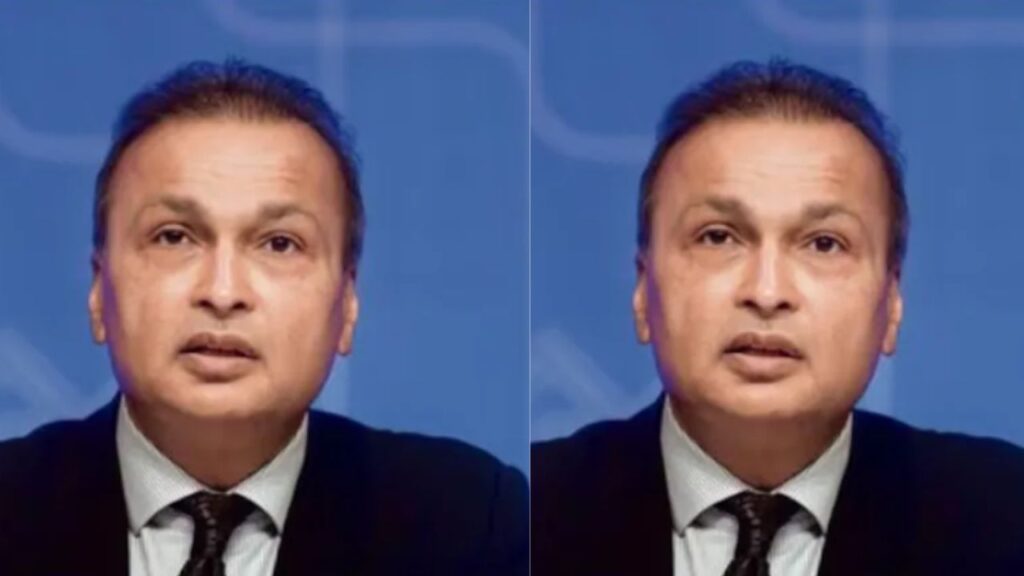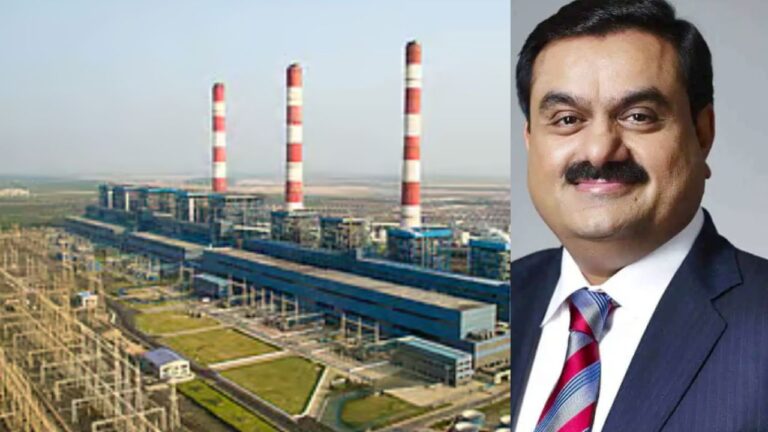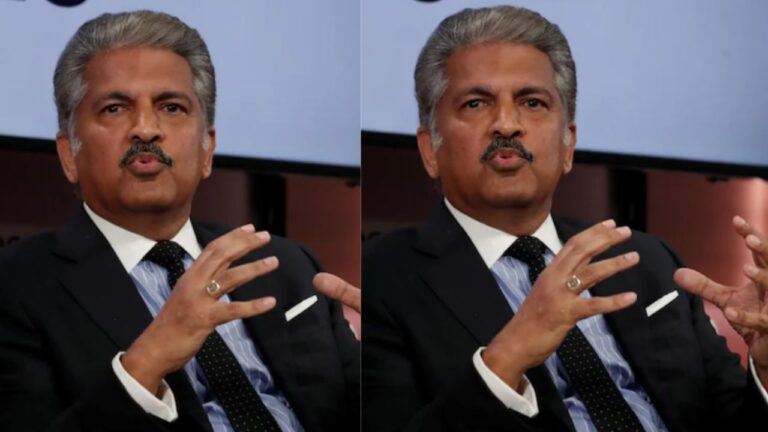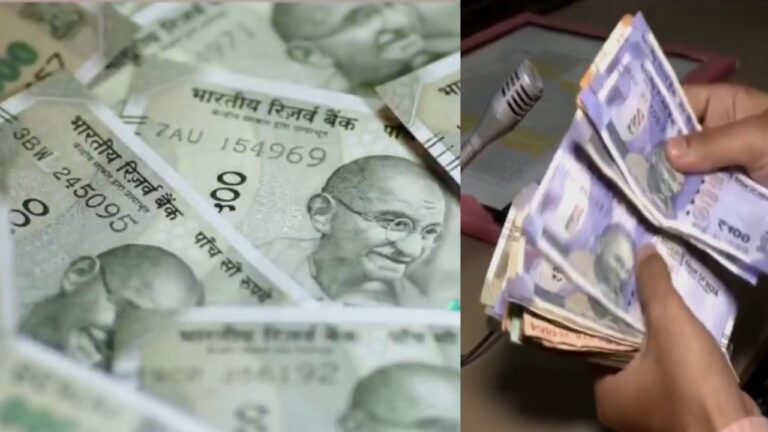
Once hailed as one of India’s most influential industrialists, Anil Ambani is now under intense scrutiny as the Enforcement Directorate (ED) investigates an alleged ₹3,000-crore loan fraud involving his group companies. But what’s raising eyebrows even more is the explosive ₹14,000-crore angle that has emerged during the probe. What started as a bank loan default case has snowballed into a much larger financial controversy, dragging the once-prominent tycoon back into the spotlight.
Here’s a detailed look at what the case is about, what the ₹14,000 crore connection is, and why this matters.What Is the ₹3,000-Crore Fraud Case?
The Enforcement Directorate (ED) recently summoned Anil Ambani in connection with an alleged bank loan fraud amounting to ₹3,000 crore. The case revolves around loans taken by Reliance Communications (RCom) and other firms linked to the Reliance ADA (Anil Dhirubhai Ambani) Group. These loans, sanctioned by a consortium of banks, are suspected to have been siphoned off or misused.
According to officials, the funds were allegedly routed through a web of shell companies, many of which had no genuine business operations. The ED is probing whether these transactions were a deliberate attempt to divert funds and commit banking fraud under the Prevention of Money Laundering Act (PMLA).
The ₹14,000-Crore Kicker: What’s the Twist?
While the ₹3,000-crore case was already under the radar, recent investigations unearthed a staggering ₹14,000-crore worth of exposure linked to various companies associated with Anil Ambani. This includes not just RCom, but also Reliance Infrastructure, Reliance Capital, and other group firms.
The total sum involves loans taken from multiple banks over the years, many of which have turned into non-performing assets (NPAs). The ₹14,000 crore is not a new case per se, but rather a cumulative value of liabilities, defaults, and questionable fund movements across group companies, including the ₹3,000 crore already under active investigation.
Key Allegations:
- Misuse of Bank Loans:
Funds raised through loans were not used for the stated business purposes. - Shell Companies:
A network of over 150 entities suspected to be shell companies may have been used to route and divert money. - Inflated Asset Valuation:
Investigators believe certain group firms might have inflated their valuations to secure large loans. - Diversion of Funds Abroad:
The ED is also probing possible fund transfers to offshore accounts or foreign entities without regulatory clearance.
ED’s Action So Far:
- Summoning Anil Ambani:
He has been asked to appear before the ED to answer questions related to loan documents, transactions, and company records. - Examination of Financial Records:
Authorities are scanning thousands of transactions across years to trace the movement of funds. - Involvement of Other Executives:
Several current and former executives of Reliance Group firms are under the ED’s scanner.
Anil Ambani’s Response:
Anil Ambani has maintained that all financial dealings were legal and that the loans were taken in accordance with due banking procedures. He has previously claimed that his net worth is “zero,” especially during legal proceedings abroad. However, these latest developments may challenge that narrative.
Why This Case Matters:
- Banking Sector Impact:
The case highlights concerns over how large conglomerates raise and use funds from Indian banks, many of which are public-sector institutions. - Public Money at Risk:
If found guilty, it means taxpayer money and public funds were compromised through financial misconduct. - Corporate Governance Questions:
The case sheds light on lapses in financial accountability and corporate ethics within major business groups.

What Happens Next?
As the ED continues its probe, more revelations are expected in the coming weeks. If strong evidence of money laundering or financial fraud is established, the case could result in criminal charges, asset seizures, and further scrutiny of corporate financing in India.
Additionally, this case could trigger regulatory reforms to tighten loan disbursement procedures and prevent misuse by large corporate borrowers.
The unfolding saga of Anil Ambani’s alleged ₹3,000-crore fraud and the ₹14,000-crore exposure is not just a business story—it’s a cautionary tale about the misuse of power, public trust, and financial systems. As the investigation deepens, it may well redefine the legacy of one of India’s most controversial business figures.





